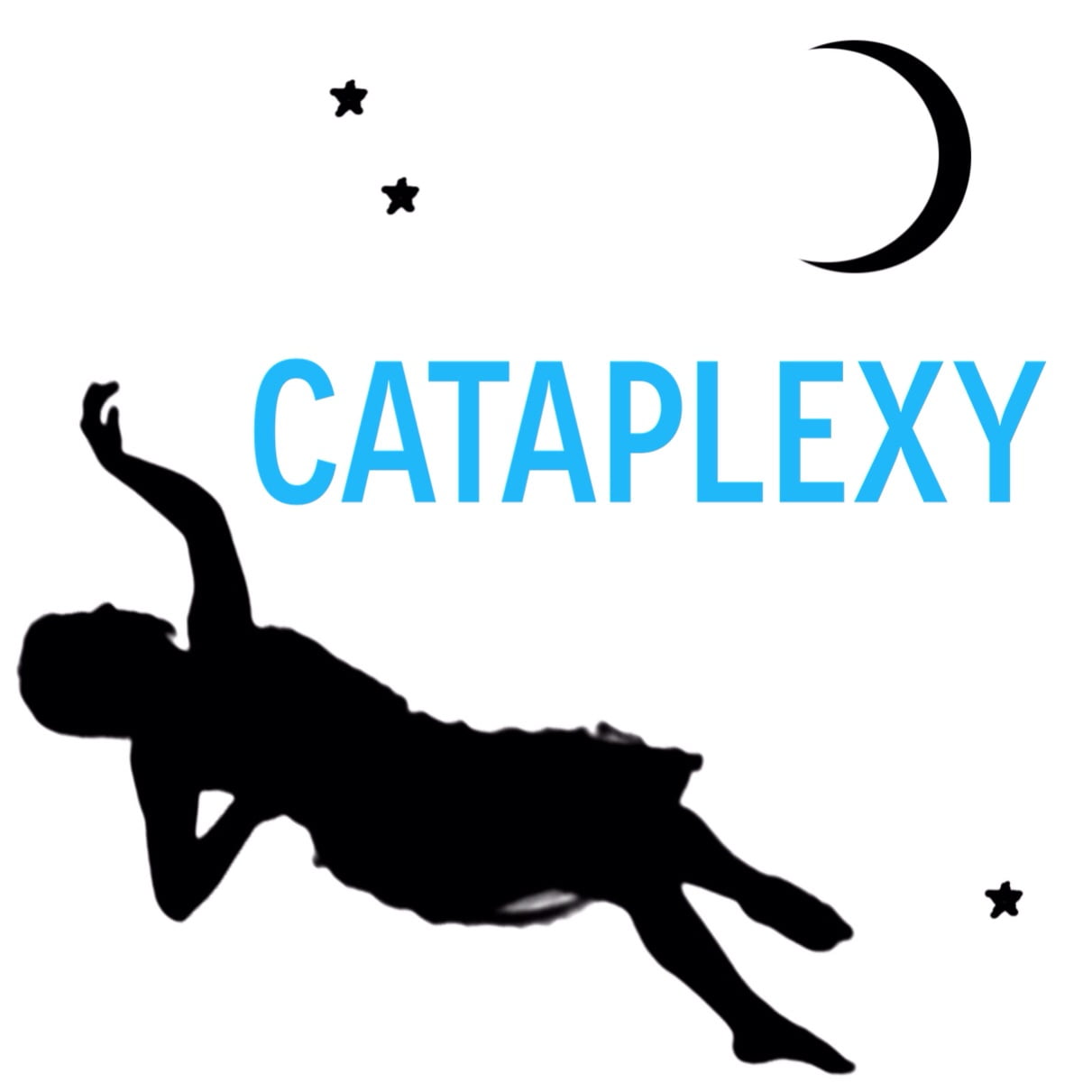

O’Brien, MPAS, PA-C, works at Presbyterian Sleep Health in Charlotte, N.C. If you suspect a patient has cataplexy, refer him or her to a qualified sleep center for appropriate testing, and offer reassurance that symptoms can be managed well with the correct treatment. Patients may also try to avoid situations where they know there may be a higher risk for emotional changes. Today, treatment also includes serotonin and norepinephrine reuptake inhibitors (SNRIs), such as venlafaxine, as well as sodium oxybate to help improve nighttime sleep. In the past, treatment was mostly with tricyclic antidepressants. Episodes can last for a few seconds to greater than 30 minutes.Īs with narcolepsy, cataplexy is caused by low levels of hypocretin, a chemical found in the hypothalamus. Mild forms of cataplexy may only cause sagging of the facial muscles, slurred speech, and weakness in the knees or the patient’s arms to drop to the sides. Attacks can also be brought on by laughter, fright, shock, running, sexual activity and dancing. Patients with cataplexy experience a sudden loss of muscle tone during wakefulness usually triggered by strong emotions, such as anger or sadness. Cataplexy rarely occurs in anyone who does not have narcolepsy, although it may be seen in a patient with an underlying neurological disorder and is often a frightening experience for both patient and caregiver. We performed a polysomnogram and multiple sleep latency tests and diagnosed him with narcolepsy, a sleep condition I described in detail in last week’s blog.Ĭataplexy is one of the cardinal symptoms of narcolepsy - as many as 70% of patients with the disorder experiencing the symptom. He remembered hearing conversations and could repeat them without difficulty. Unlike patients with seizures, this patient said he was completely aware of what was happening around him when the episodes occurred. This often occurred when he was joking around and laughing with his peers. Earlier in the month, he had been evaluated for seizures after several episodes in which he had fallen down at work and remained unresponsive for several seconds to minutes. All rights reserved.A young policeman came to our center complaining of an overwhelming desire to sleep. Researchers aren’t sure why narcolepsy, in general, occurs. People who only experience sleep episodes and no cataplexy are classified as having type 2 narcolepsy. Doctors define people who experience both sleep attacks and cataplexy as having type 1 narcolepsy. Early awakenings and dry mouth were the most common adverse effects.Īntidepressants ESS MWT Narcolepsy Treatment.Ĭopyright © 2019 Elsevier Ltd. Episodes of cataplexy are triggered by strong emotions and occur in some cases of narcolepsy. Venlafaxine demonstrated significantly greater improvements in MSL in the MWT (p < 0.01). There were significant differences in the mean sleep latency (MSL) and sleep onset rapid eye movement periods (SOREMPs) in MWT and ESS scores, cataplexy and cataplexy-like episodes before and after treatment (p < 0.01). Improvement in sleepiness, cataplexy, cataplexy-like episodes, and antidepressant side effects were assessed. The subjects were followed for 1-6 years after treatment. SGA is a smaller than usual size of a fetus or baby when compared with statistical norms. One hundred forty-eight patients with narcolepsy were treated with antidepressants and administered the Epworth Sleepiness Scale (ESS) and the Maintenance of Wakefulness Test (MWT) before and after treatment from August 2012 to August 2017. IUGR is a condition of limited growth of a fetus in the uterus. Both IUGR and SGA can have similar complications once the baby is born, such as hypothermia or hypoglycemia. At present, Sodium oxybate, modafinil, methylphenidate and other stimulants are recommended first-line therapies for narcolepsy but are difficult to obtain in China. IUGR is a condition of limited growth of a fetus in the uterus. Narcolepsy is a life-long neurological disorder characterized by excessive daytime sleepiness (EDS) and cataplexy.


 0 kommentar(er)
0 kommentar(er)
